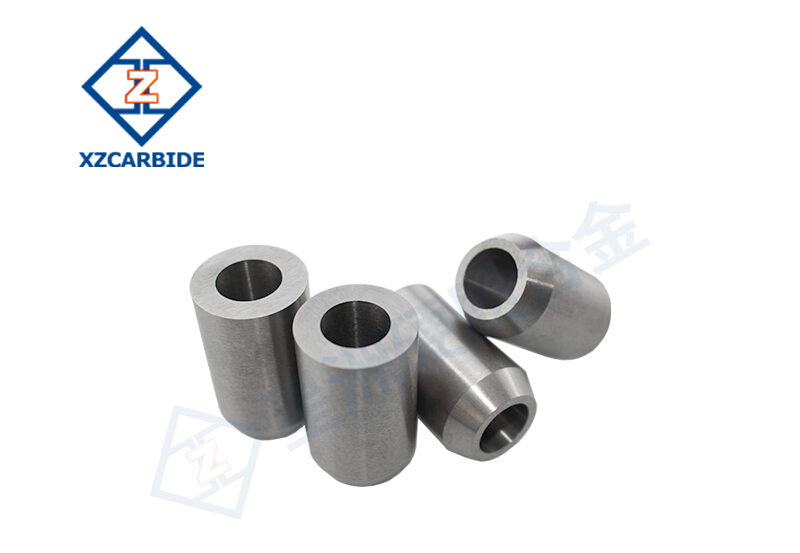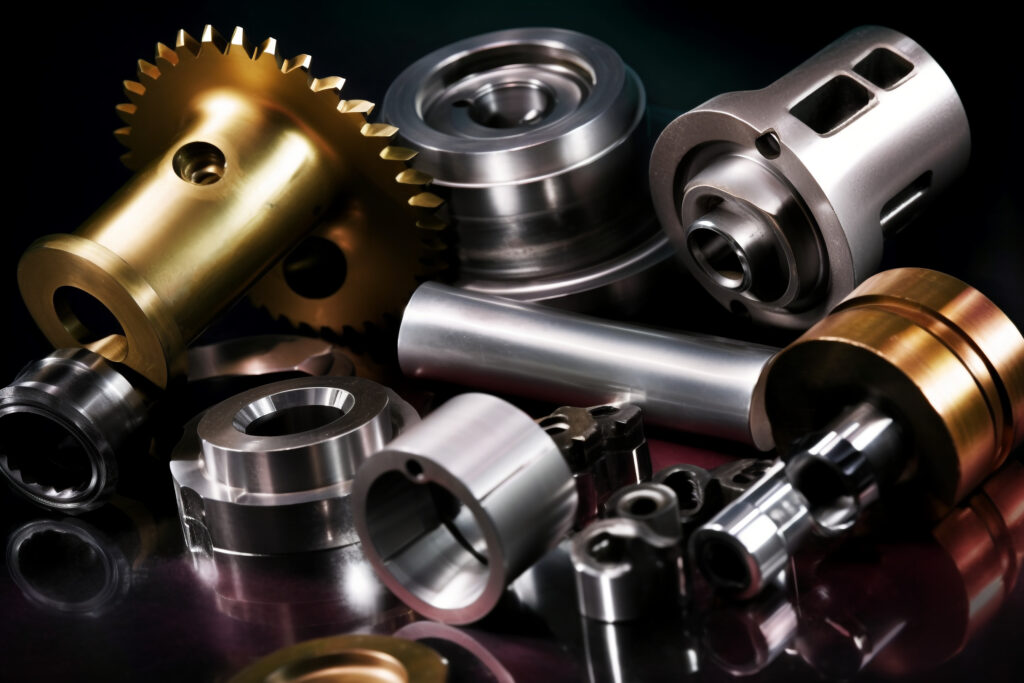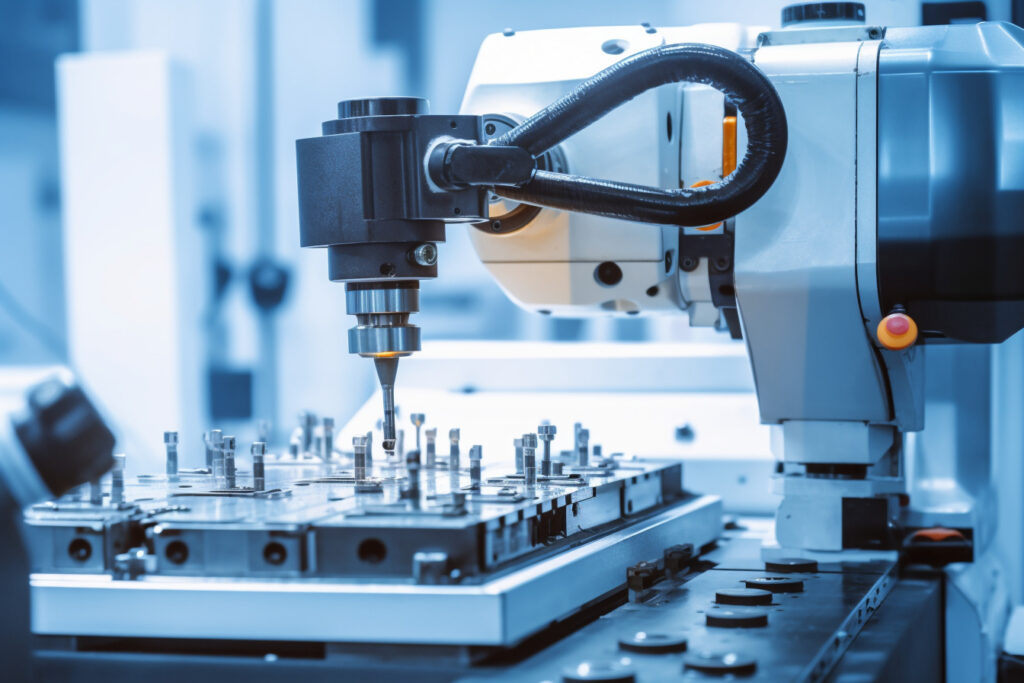Introduction
Tungsten carbide, a high-performance material crafted through powder metallurgy from refractory metal carbides (such as tungsten carbide, WC) and binder metals (like cobalt, Co), dominates the punching die industry due to its exceptional hardness, wear resistance, compressive strength, and thermal stability. This comprehensive article delves into the material characteristics, design considerations, manufacturing processes, usage, maintenance, and future trends of tungsten carbide punching dies.
Material Characteristics of Tungsten Carbide
Hardness and Wear Resistance
Tungsten carbide’s superior hardness surpasses that of ordinary steel, enabling it to withstand intense friction and wear during stamping processes, thereby prolonging the die’s lifespan. This characteristic is particularly advantageous when processing highly abrasive materials.
Compressive Strength
Boasting remarkable compressive strength, tungsten carbide can withstand immense stamping forces without deformation. This attribute positions it as a formidable choice for stamping high-precision, demanding components.
Thermal Stability
With its exceptional thermal stability, tungsten carbide maintains stable performance even in high-temperature environments. This is crucial for processes requiring high-temperature stamping or continuous operation, as it minimizes die deformation and wear due to temperature fluctuations.
Design Considerations
Structural Optimization
Designing tungsten carbide dies necessitates a thorough understanding of their compressive strength and vulnerability to tensile stress. Strategies like implementing rolling guidance systems, increasing die base thickness, and installing protective devices are employed to enhance overall rigidity and prolong die life.
Cutting Edge Design
The cutting edge, directly engaged in the stamping process, necessitates precise design and machining to ensure sharpness and wear resistance. Shape and angle considerations are vital for adapting to diverse materials and part geometries.
Cooling System
To manage the heat generated during stamping, tungsten carbide dies incorporate effective cooling systems. These systems account for die structure, material properties, and process specifics, ensuring stable die performance during prolonged operation.
Types of Carbide Punching Dies
Single-Process Carbide Dies
Single-process dies complete only one process per stamping cycle and are suitable for small batch production and complex part processing. The high hardness and wear resistance of carbide extend the die’s lifespan, making it highly effective in small-scale production.
Progressive Carbide Dies
Progressive dies include multiple stations that can complete several processes in a single press operation. The high wear resistance and impact resistance of carbide materials make progressive dies perform excellently in large-scale production, significantly enhancing production efficiency and product quality.
Compound Carbide Dies
Compound dies complete multiple processes at one station, suitable for parts with complex shapes and high precision requirements. The high-precision machining capabilities and stable performance of carbide allow compound dies to integrate multiple processes in one stamping cycle, greatly improving production efficiency and accuracy.
Manufacturing Processes of Carbide Punching Dies
Specialty Machining Techniques
Given tungsten carbide’s hardness, traditional cutting methods are impractical. Instead, specialty techniques like wire electrical discharge machining (EDM), spark erosion, and grinding dominate. These methods enable precise shaping of complex geometries while preserving surface quality and accuracy.
Insert Fixing Techniques
For dies requiring tungsten carbide inserts, securing methods like copper brazing, thermal shrink fitting, and physical cold pressing are employed. Each method has its merits, requiring careful selection based on specific application requirements. Securing parameters like interference fit and temperature must be strictly controlled to ensure a robust bond.
Surface Treatment Technologies
To further enhance wear resistance and corrosion protection, tungsten carbide dies undergo surface treatments like nitriding, carburizing, and plating. These treatments form a protective layer on the die surface, boosting its overall performance and longevity.
Usage and Maintenance of Carbide Punching Dies
Operational Norms
Tungsten carbide punching dies must be operated in accordance with strict procedures and safety guidelines. Operators must undergo professional training and familiarize themselves with die capabilities and usage methods. Regular inspections for wear and performance changes are crucial for timely maintenance and repairs.
Lubrication and Cooling
Maintaining adequate lubrication and cooling during stamping is vital. Lubricant selection considers its performance, stability, and compatibility with die materials. Cooling systems must remain unobstructed and regularly checked to ensure dies operate at optimal temperatures.
Storage and Preservation
Unused tungsten carbide punching dies should be stored in a dry, ventilated environment free from corrosive gases. Pre-storage cleaning removes dirt and residues. Regular checks on storage conditions and necessary maintenance ensure dies remain in prime condition.
Future Trends
As industrial technology advances and market demands evolve, tungsten carbide punching dies will trend towards:
1.Higher Precision: Rising product precision demands will drive the pursuit of even greater die accuracy and stability.
2.Intelligence: The integration of intelligent elements like sensors and control systems will facilitate automated, intelligent production and management.
3.Environmental Sustainability: Growing environmental awareness promotes green manufacturing. Tungsten carbide die manufacturing and usage will prioritize eco-friendly materials and processes.
4.Versatility: Market diversification and personalization spur the development of multifunctional dies capable of satisfying diverse industry and product stamping needs.
Summary
In conclusion, tungsten carbide punching dies, with their exceptional properties and broad application prospects, are attracting significant attention. Through continuous technological innovation and practical application, tungsten Carbide Punching Dies will play an increasingly crucial role in future industrial development.




